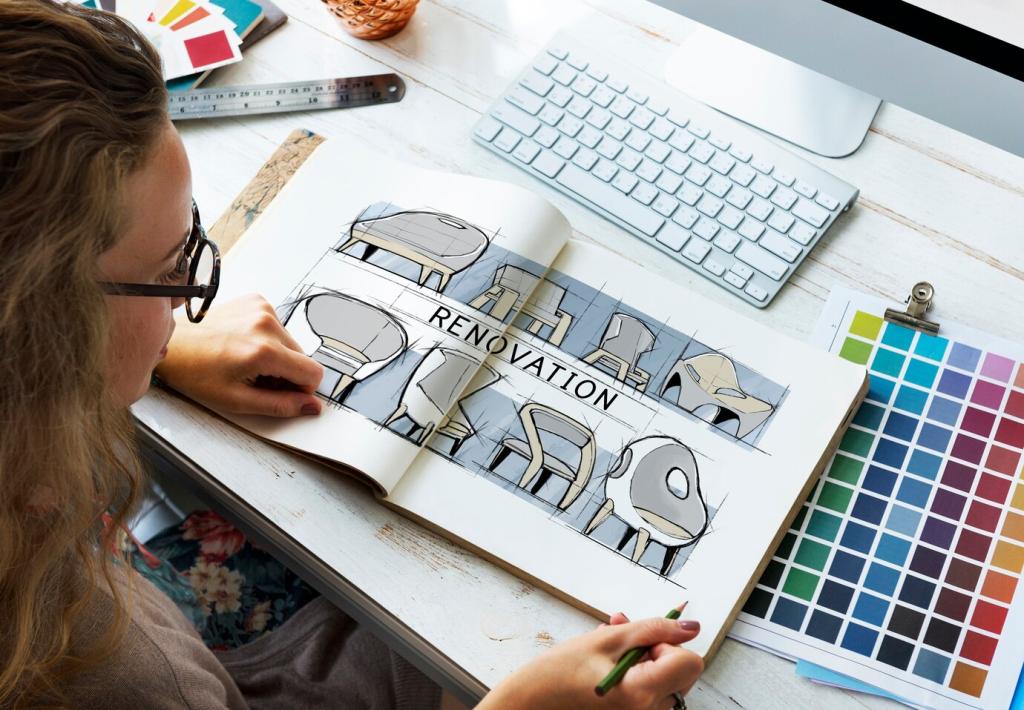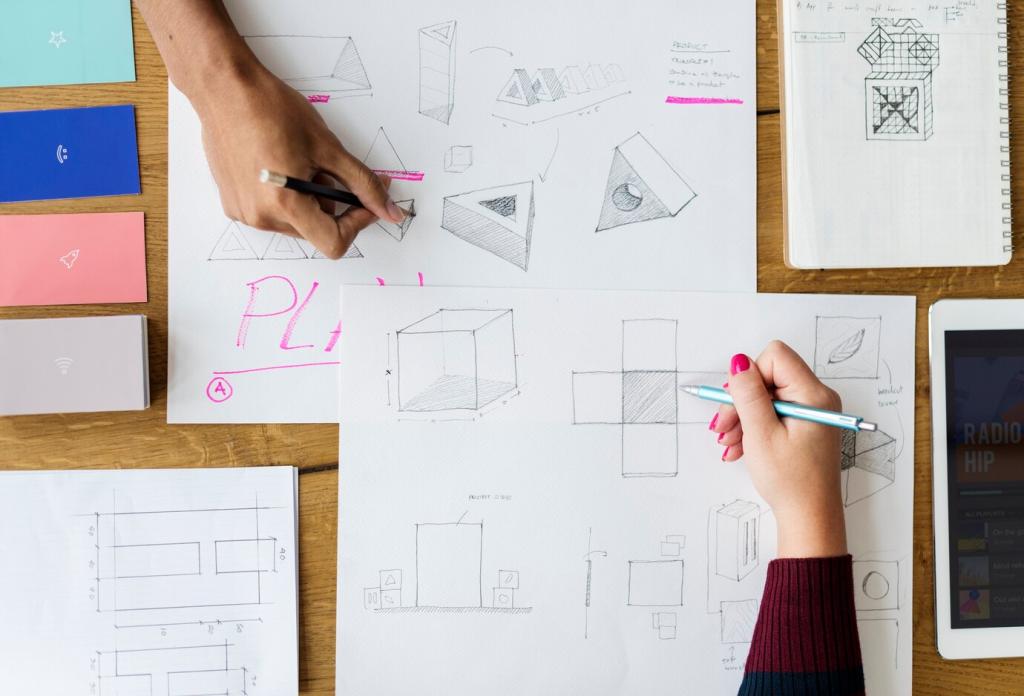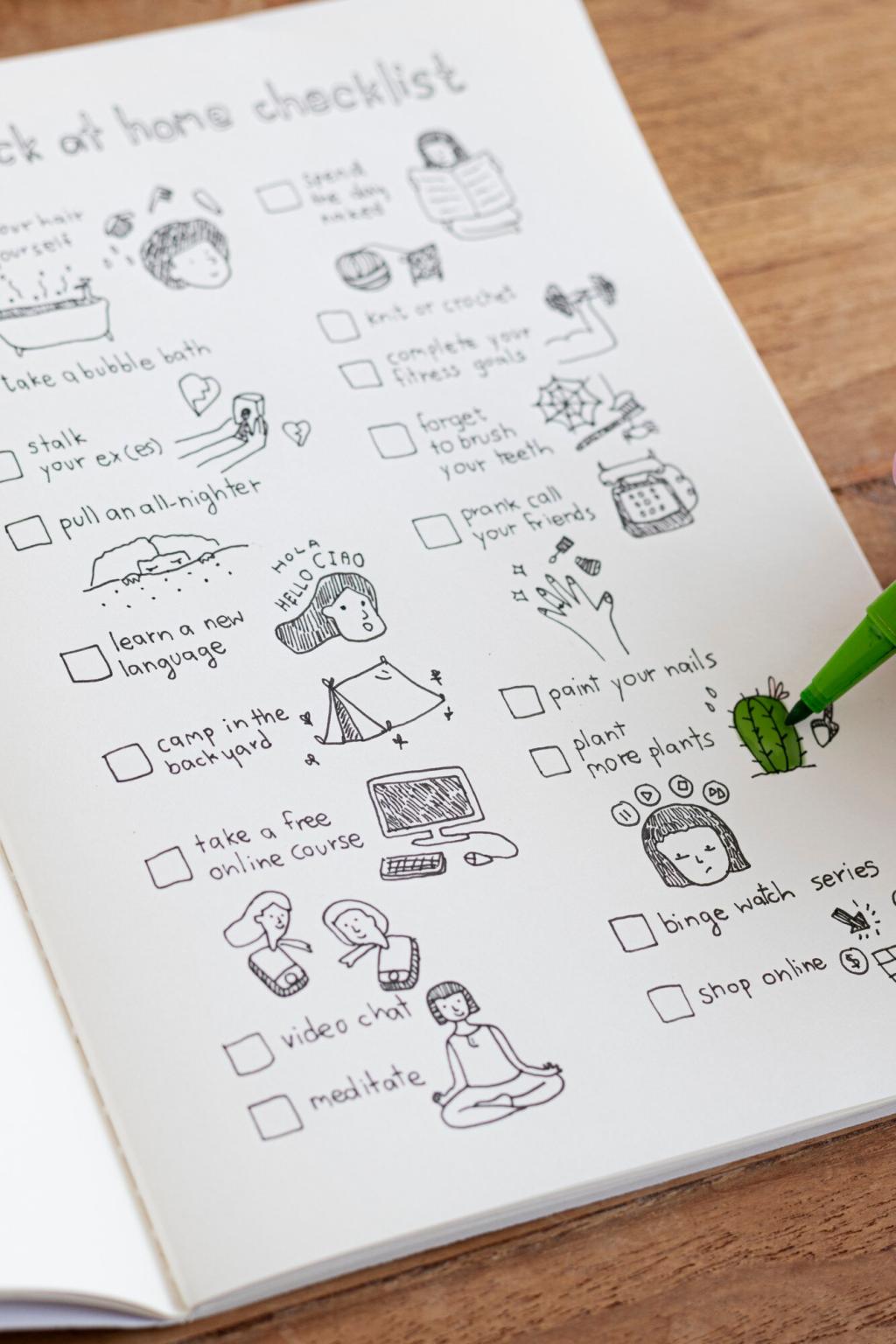
Integrating Accessibility in Mobile App Design
Welcome to our deep dive on Integrating Accessibility in Mobile App Design—a practical, human-centered journey to craft apps everyone can use, enjoy, and trust. Follow along, share your experiences, and help shape truly inclusive mobile products.
Why Accessibility Transforms Mobile Experiences
A transit app added clear labels and logical focus order, and a blind commuter wrote to say she could finally check departures independently. That message changed the roadmap—and confirmed accessibility integration belongs at the heart of design.


WCAG 2.2 interpreted for mobile
Turn success criteria into actionable patterns: sufficient contrast, clear focus states, touch target sizing, and error prevention. Bring these requirements into design critiques and sprint definitions to ensure accessibility is implemented, verified, and celebrated consistently.

Apple Human Interface Guidelines and Material Design
Leverage built-in components that respect accessibility by default: dynamic type, scalable icons, semantic roles, and motion settings. Subscribe to our updates where we break down new OS releases and what they mean for accessible mobile design choices.

Documenting decisions that stick
Create a living accessibility spec: patterns, dos and don’ts, component states, and assistive technology notes. Link tickets to criteria and outcomes. Comment with your favorite documentation template, and we’ll share a downloadable starter in our newsletter.
Color contrast and semantic meaning
Never rely on color alone. Pair contrast-compliant palettes with patterns, labels, and icons that communicate state. Use tooling to test on real devices. Share a screenshot of your current contrast challenge and we’ll suggest alternatives.
Typography, spacing, and readable rhythm
Support dynamic type and responsive line lengths, with generous spacing and predictable hierarchy. Improve scannability using headings and lists. Ask readers to try text resizing and report where the layout breaks—your feedback fuels our next guide.
Dark mode and high contrast considerations
Design tokens should adapt without losing hierarchy or legibility. Ensure focus indicators remain visible in every theme. Comment if your app uses custom themes, and we’ll explore strategies for accessible theming in upcoming posts.
Designing for Hearing and Speech: Multimodal Communication
Provide accurate captions with speaker labels and sound cues. Offer transcripts that support quick scanning and search. If you already caption content, share your workflow tools so others in the community can streamline their pipelines too.


Designing for Hearing and Speech: Multimodal Communication
Back up sounds with persistent banners, status chips, or vibrations. Let users customize alert intensity and duration. Ask your audience which haptic patterns feel intuitive, and we’ll compile recommended defaults for common app interactions.



Screen readers: VoiceOver and TalkBack
Provide descriptive labels, meaningful order, and concise hints. Group related elements with semantics, not screenshots. Try navigating your prototype eyes-free and share what surprised you—your discoveries help others debug similar hurdles.
Voice control, dictation, and custom actions
Name controls clearly and avoid ambiguous duplicates. Expose actions through menus and accessibility actions. Tell us which commands your users rely on most, and we’ll publish reusable naming conventions you can adopt immediately.
Testing, Tooling, and Iteration for Lasting Change
Recruit participants with diverse abilities, offer remote options, and compensate fairly. Co-design sessions reveal hidden assumptions. Tell us which research question unlocked your biggest accessibility insight, and we’ll compile a public question bank.
Testing, Tooling, and Iteration for Lasting Change
Use linters, component tests, and accessibility scanners, then validate with real users and assistive tech. Automation catches regressions; humans judge meaning. Subscribe for our monthly toolkit review comparing emerging mobile accessibility testing solutions.
Testing, Tooling, and Iteration for Lasting Change
Gate builds on key criteria, document exceptions, and track improvements over time. Celebrate accessibility fixes in release notes. Comment if you want our CI template, and we’ll send a starter workflow to your inbox.
